|
IT Tools - Multimedia & Knowledge Management
IT i Civilingeniørspeciale i Byggeledelse/IT in Building Management. 2007
1. Background
[goto top]
Since the introduction of the world wide web (WWW) and standardisation of Internet services and communication protocols we can see a huge shift in the way we communicate, collaborate and handle digital knowledge. In the semester 7 course we focused on models and representations of building products and processes. In this course we take an end user perspective on how ICT tools can support collaboration, communication and access to Internet based computer resources.
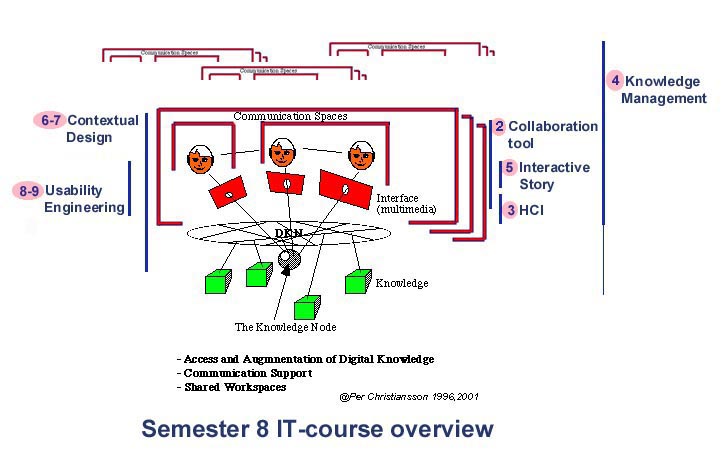
The anticipated ICT tools are only partly developed and must be designed tested and implemented in close collaboration with the building process end users. This requires that civil engineers get a deeper understanding of some knowledge domains that up till now only has been partly covered in the civil engineering curricula.
The ICT will strongly influence how we take advantage of and interact with the computer resources
- information storage and interaction media will be more separated (paper is both)
- it will be easier to adapt human computer interaction to user needs and usage context (multimedia, model access etc.)
- human collaboration, team work and communication modes will be developed and partly changed
- collaboration work spaces will get a added virtual dimension being less dependent of the physical room.
The mutual influence between practice and ICT progress is necessary to maintain. Civil engineers must posses both general and some specialised ICT related knowledge to be able to specify and participate in the development of new ICT tools and to be pro-active in the process of changing work routines and company and project organisation.
This course aims at providing general knowledge on how new user environments (UE) can be designed and implemented as well as deeper knowledge in certain key areas such as human computer interaction support, virtual work spaces, user driven user environment (UE) design, and user requirements capture and usability engineering.
2. Goal
[goto top]
The goal of the 'IT in the Building Process - IT-tools' course is to mediate understanding of principles, methods and technologies for design and evaluation of user environments for computer supported interaction and collaboration as well as team work and knowledge transfer.
Efter kurset skal den studerende have opnået forståelse for principper,
metoder og teknikker for design og evaluering af brugermiljøer for
computerstøttet interaktion og samarbejde, teamwork, og
videnudveksling.
3. Volume/Placement
[goto top]
This 2 modules course is one of 2 with emphasis on IT during the semester 8 Master of IT in Building Management education
(studieweb).
4. Content
[goto top]
Principles and technologies for computer supported collaboration, decision support and knowledge management.
Properties of ICT tools for collaboration. Collaboration in Virtual Reality environments.
Multimedia (MM) and Human Computer Interaction (HCI) history and development. Properties for MM communication channels. Standards and protocols to support HCI and collaboration. Virtual Reality systems.
Tools for graphic editing, Multimedia (MM) design and Human Computer Interaction (HCI). Digital video and interactive story telling. Web-based 3D models.
Design of User Environments (UE). Principles, guidelines, the Contextual Design method, incremental prototyping. User models. Usability engineering and evaluation of user environments.
Principper og teknologier for computer støttet samarbejde,
beslutningsstøtte og viden håndtering.
Egenskaber for værktøjer for IT
støttet samarbejde. Samarbejde i Virtual Reality omgivelser.
Multimedia (MM) og Human Computer Interaction (HCI) historik og
udvikling. Egenskaber for MM kommunikationskanaler. Standarder og
protokoller for støtte af HCI og samarbejde. Virtual Reality systemer.
Værktøjer for grafisk editering, Multimedia (MM) design og Human
Computer Interaction (HCI). Digital video og interaktiv story telling samt
web-baserede 3D modeller.
Design af bruger miljøer. Principper, vejledninger, Contextual Design
metodikken, inkrementelle prototyping. Bruger modeller. Usability
engineering og evaluering af bruger miljøer.
5. Learning Material
[goto top]
The course content is delivered through the lectures, reading of literatur , and exercises/miniproject. It is impossible to find a set of literature that covers the course content completely. The lectures are supported by lecture slides available on the course web site. The slides with emphasized titles in the navigation bar has the same status as course literature (though not eventual references on the slide).
References to further reading is found in the lecture notes.
The coarse literature consists of both Lecture Slides and literature according to the list below.
The 'IT in Civil Engineering' site (http://it.civil.auc.dk/) also gives access to
previous years courses and if applicable mini projects. You reach it from the top of this page.
5.1 Lectures
[goto top]
The lectures are accessed from the lecture scheme below.
Each lecture has a easy to navigate slide bar and an opening slide with
short content description, questions for self assessment, references to the literature according to the literure list below and proposals for further reading.
The four hour lecture/exercise followes the scheme
- 1 hour lecture
- 1 hour exercise in group
- 2 hours exercise results presentation and follow discussions

5.2 Exercises/Mini-project
[goto top]
The exercises are accessed from the lecture scheme below.
Student group exercises results are continously updated.
The exercices may well take use cases from the ongoing semester project or even be contained in a mini-project defined by the group.
The following domains will be covered during the exercises
- Prospects and barriers of future ICT tools
- collaboration tools functionality
- interactive web-based 3D-models
- future User Environments, UE
- interactive story telling
- Contextual Design and user needs capture
- evaluation of usability
5.3 Software
[goto top]
The following ICT, Information and Communication tools, are available during exercises/minproject activity. (those marked with * only at the Media Lab at institute 5)
- 3DStudio Viz to produce an interactive WWW-accessible VRML model (*)
- 3DStudio Max and 3dCult to produce an interactive 3dCult model (*)
- Cult3D modeller
- ArchiCad to produce VRML models
- Macromedia Director 8 (*)
- QuckTime VR interactive image software
- Adobe Premier to produce web accessible streaming video (*)
- Adobe Photoshop for image editing (*)
- Adobe Acrobat Distiller and Exchange to produce interactive PDF documents
- Groove, Netmeeting, and Yahoo Messanger to establish shared workspaces
-
5.4 Literature
[goto top]
Literature marked *bold is mandadtory.
|
*/1/
|
Christiansson, P, 1998, " Using Knowledge Nodes for Knowledge Discovery
and Data Mining." Published in: Lecture Notes i Artificial Intelligence 1454. Ian Smith (Ed.).
"Artificial Intelligence in Structural Engineering. Information Technology for
Design, Collaboration, Maintenence, and Monitoring." Springer-Verlag Berlin Heidelberg
1998. (pp. 48-59).
http://it.civil.auc.dk/it/reports/ascona_98/ascona98.html
|
|
/2/
|
Christiansson P, 1997, "Experiences from developing a Building Maintenance Knowledge Node."
CIB Proceedings W78 Workshop, Cairns 9 - 11 July 1997, 'Information Technology Support for Construction'
Process Re-Engineering, IT-CPR-97'. Cairns, Australia July 9-11, 1997. (pp.89-101).
|
|
*/3/
|
Christiansson P, 2001, "Experiences from Using Internet Based Collaboration Tools". 'Konference om Arkitekturforskning og IT'. Proceedings Conference on Architectural Research and Information Technology. Nordic Association for Architectural Research. Arkitektskolen i Aarhus 27.-29. april 2001. (pp. 103-112).
KEYWORDS: Virtual reality, collaborative work, ICT tools, design, intelligent buildings, knowledge transfer.
|
|
*/4/
|
Mark Billinghurst, Hirokazu Kato. Collaborative Mixed Reality.
Human Interface Technology Laboratory. University of Washington
http://www.hitl.washington.edu/publications/r-98-36/
|
|
/5/
|
Nielsen A, 1998, "VRML programs for Room Ventilation Applications", Paper for ROOMVENT 98, Stockholm, Sweden VRML Programs for Room Ventilation Applications, Paper no 95, Indoor Environmental Engineering, Dept. of Building Technology and Structural Engineering, Aalborg University, December 1998, ISSN 1395-7953 R9846
|
|
/6/
|
Cult3D education material. Cycore 2001. (123 pp.)
|
|
*/7/
|
Svendsen J. O. S., 2001, "Video på din PC". IDG Forlag, Valby (pp. 79).
[Pages 23-27, chapter 4 'Historiefortælling'].
[education/reports/historiefortalling.pdf]
|
|
*/8/
|
Nedergaard L, 2002, "Fortællingens svære kunst". Børsen, fredag 21 juni 2002 (pp. 3). (delivered).
[education/reports/snowden.pdf]
|
|
/9/
|
Mohr H L, 2001, "De nye medieformater", PCWorld, nr 22. (pp. 73, 74, 76)
[education/reports/mpeg.pdf]
|
|
/10/
|
Christiansson P, Skjærbæk J O, Svidt K, Aaholm R, 2000. " User Requirements Formulations and Human Computer Interface Design in the Divercity project. Context and methods." EU project
Divercity. (Draft report, Dec 17, 2000. 31 pages).
http://it.civil.auc.dk/it/reports/r_divercity_user_req_2000.pdf
|
|
*/11/
|
Christiansson, P, 2001, "Capture of user requirements and structuring of collaborative VR environments". AVR II & CONVR 2001. Conference on Applied Virtual Reality in Engineering & Construction Applications of Virtual Reality. (eds: O. Tullberg, N. Dawood, M. Connell. 201 pp.)
Gothenburg October 4-5, 2001. (pp. 1-17).
|
|
*/12a/
|
Preece J, Rogers Yvonne, Helen Rogers, 2002, "Interaction Design - beyond human-computer interacikon". John Wiley & Sons, New York (519 pp). (Amazon Books, 56 US dollars). http://www.id-book.com/. (page 295-306, 313-315)
[education/reports/interaction_design.pdf]
|
|
*/12b/
|
Preece J, Rogers Yvonne, Helen Rogers, 2002, "Interaction Design - beyond human-computer interacikon". John Wiley & Sons, New York (519 pp). (Amazon Books, 56 US dollars). http://www.id-book.com/. (pp. 340 - 358)
[education/reports/interaction_design2.pdf]
|
|
*/13/
|
Faulkner Xristine, 2000, "Usability Engineering". MacMillan Press, New York (244 pp.). (EXTRACTS: pp. 21-28 'Usability - know the user', pp. 157-160 'Cooperative Evaluation', pp. 188-193 'Usability heuristics'.)
(http://www.palgrave.com/science/computing/faulkner/)
[education/reports/faulkner.pdf]
|
|
*/14/
|
Svidt K, Bjerg B, 2002:
"Visualisation of CFD Results in a Virtual Reality Environment".
Proceedings of ROOMVENT 2002, 8th International Conference on Air Distribution in Rooms, Copenhagen, Denmark, September 2002 pp 77 - 80.
KEYWORDS: CFD, Virtual Reality, Immersive Environment, Visualisation
|
6. Examination
[goto top]
Individual tests based on delivered exercises.
Examination will take place at Fib. 14, room 58, Friday June 1, 2007, at 09.00
| Kl. 9.00 | Allan Filskov Jørgensen |
| Kl. 9.15 | Helle Boback |
| Kl. 9.30 | Daniel Kristian Hansen |
| Kl. 9.45 | Jonas Solhøj Thomassen |
| Kl. 10.00 | Søren Hermansen |
| Kl. 10.15 | Kasper Kirk |
| Kl. 10.30 | Finn Brødbæk Jensen |
| Kl. 10.45 | Morten Olesen |
Examinator is Per Christiansson and censor Willy Olsen.
7. Course Participants
[goto top]
7.1 Students
Gruppe 2.124

Helle Bobach,
Jonas Solhøj Thomassen,
Allan Filskov Jørgensen,
Daniel Kristian Hansen
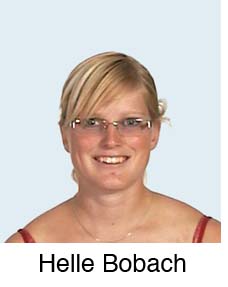
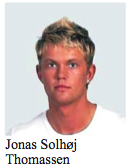

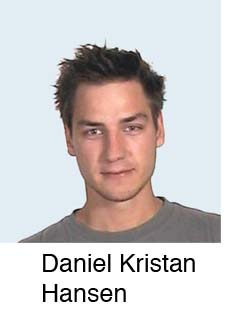
Gruppe 2.126
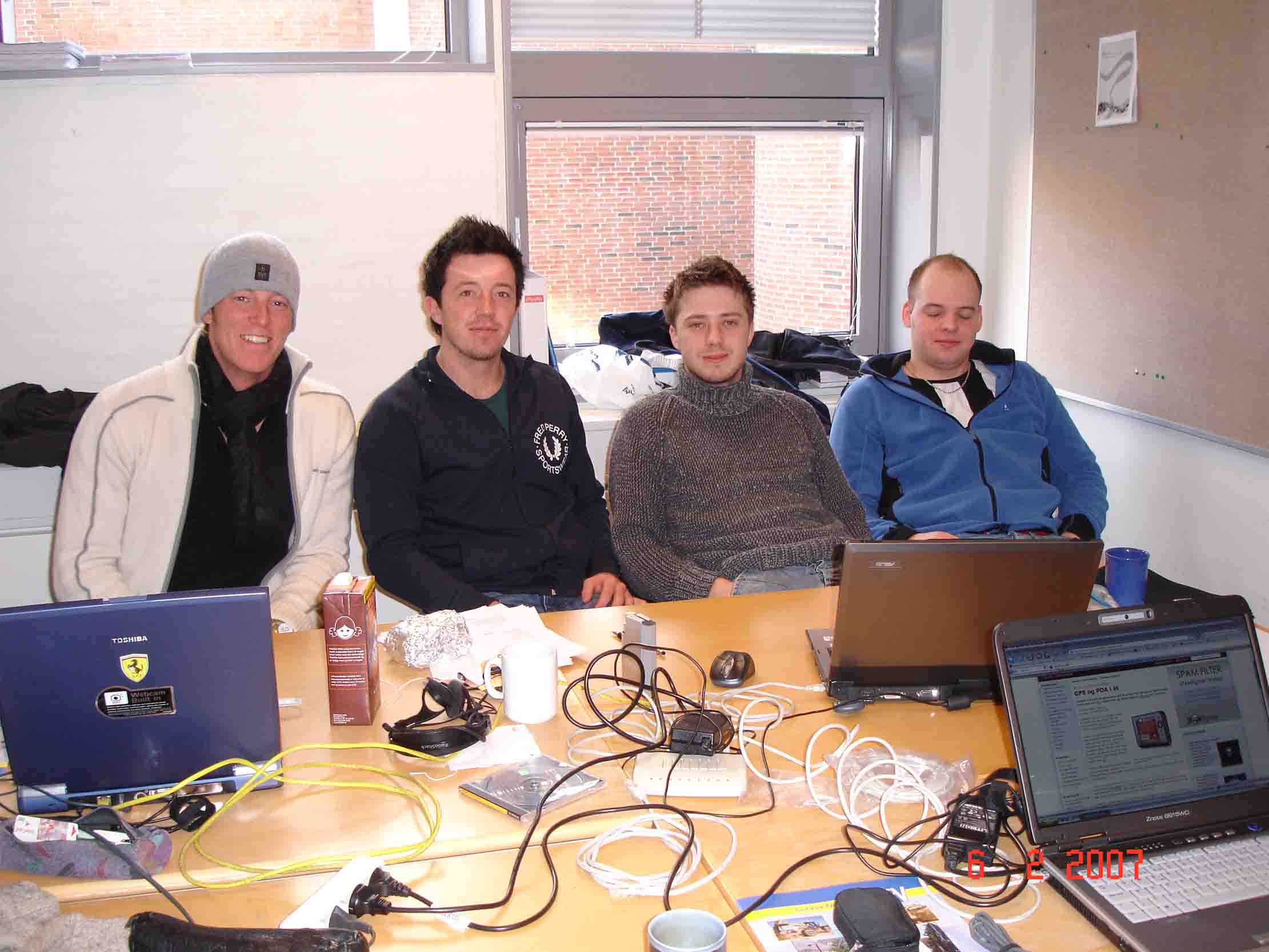
Kasper Kirk,
Søren Hermansen,
Finn Brødbæk Jensen,
Morten Brandhøj Olesen
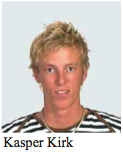
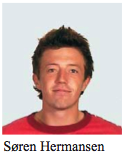
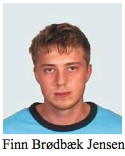
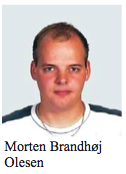
7.2 Teachers
Prof Per Christiansson (course responsible).
8. Lecture Scheme
[goto top]
1
Tuesday 6.2 2007
12.30 -16.30
Fibigerstræde 16,
room 1.111
Aalborg University
(Per Christiansson)
|
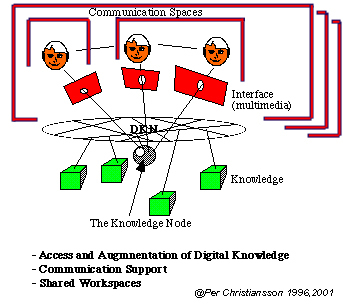
|
SETTING THE SCENE
IT as communication support.
Human computer communication system form and function
Information content and format
User environment design
How to convey the message
Available IT/Multimedia tools
|
|
Literature
Exercise A
|
2
Tuesday 13.2 2007
12.30 -16.30
Fibigerstræde xx,
room xx
Aalborg University
(Per Christiansson)
|
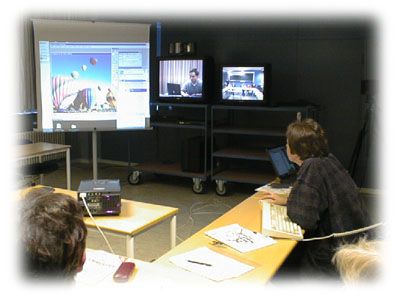
|
COLLABORATION TOOLS
Principles and technologies for computer supported collaboration
and competence co-operation.
Properties of IT-tools for collaboration.
|
|
Literature
/3/, /4/, /14/
Exercise B
|
3
Tuesday 27.2 2007
12.30 -16.30
Fibigerstræde 16,
room 1.201
Aalborg University
(Per Christiansson)
|

|
HUMAN COMPUTER INTERACTION
In this lecture we will study multimedia human
computer interaction. The human computer interface
to underlying applications explicitly or implicitly contains
models of the users specifying the modes of interaction.
We will also learn how to build and distribute over the Internet compact interactive 3D models.
As a prerequisite you will have knowledge about
capture, storage, editing and presentation of graphics and images
(from semester 6).
|
|
Literature
/5/, /6/
Exercise C
|
4
Tuesday 14.3 2007
12.30 -16.30
Fibigerstræde 14,
room 58
Aalborg University
(Per Christiansson)
|
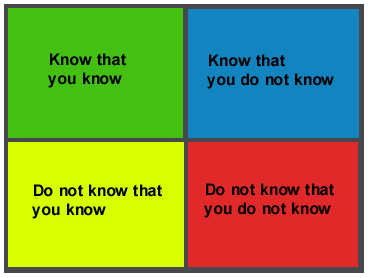
|
KNOWLEDGE MANAGEMENT
We explain why Knowledge Management issues are
important to take into consideration as we design and implement
the digitally supported user environements. What models
(organisation, project, user etc.)
are influenced and what ICT tools are available or even missing
as focus on knowledge management is increased.
|
|
Literature
Exercise D
/1/, /2/
|
5
Tuesday 21.3 2007
08.15 -12.00
Fibigerstræde 16,
room 1.208
Aalborg University
(Per Christiansson)
|
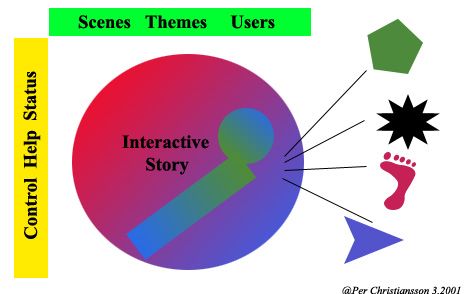
|
INTERACTIVE STORY TELLING AND DIGITAL VIDEO
It may be useful to regard a web presentation as a story. You have something you want to tell the 'reader'. It could be something about what services your company may offer, best practice for your intranet/projectweb, or a story to your employees on possible changes in you company to raise quality in services and working environments. Story telling is increasingly used by companies to deliver important information.
We will take starting point in linear story telling using video and move to multimedia based presentations at the same time introducing interactive story telling. You have also get hands-on experience on methods and techniques to plan, capture, edit and include a video element in a web based presentation.
|
|
Literature
/7/, /8/, /9/
Exercise E
|
6-7
Tuesday 27.3 2007
12.30 -16.30
Fibigerstræde 14,
room 58
Friday 30.3 2007
12.30 -16.30
Fibigerstræde 14,
room 58
Aalborg University
(Per Christiansson)
|
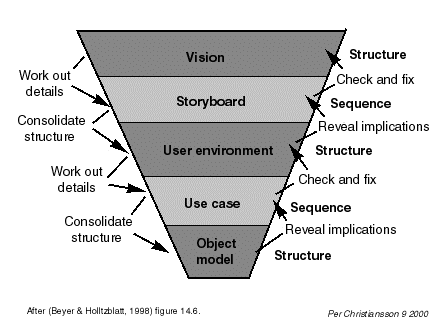
|
CONTEXTUAL DESIGN
We will during two lectures learn about the Contextual Design
methodology to incrementally capture user requirements and specifiy a
User Environment for accessing computer resources. We also make references to a parallel process with emphasis on the technical modelling and system implementation.
|
|
Literature
/10/, /11/, /12a/
Exercise F
|
8-9
Tueday 10.4 2007
12.30 -16.30
Fibigerstræde 14,
room 58
Monday 17.4 2007
12.30 -16.30
Fibigerstræde 14,
room 58
Aalborg University
Per Christiansson)
|
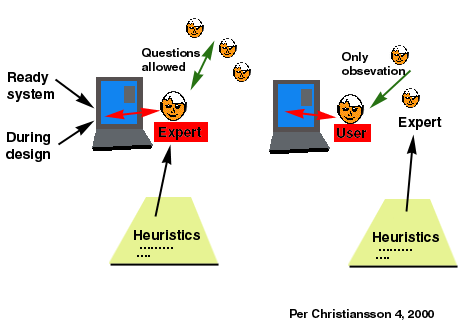
|
USABILITY ENGINEERING
During two lectures
we explore the field of Usability Engineering including
usability testing and evaluation of HCI tools and interfaces to
application systems. We also cover alternative methods to defining and building User Environments.
|
|
Literature
/12b/, /13/
Exercise G
|
10
Tuesday 24.4, 2007
12.30 - 16.30
room Fib16, 1.211
moved to
Tuesday 29.5
08.15-12.00
room xx
Aalborg University
(Per Christiansson)
|
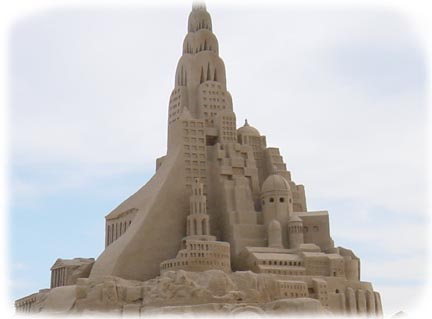
|
SPECIAL ISSUES
Questions hour
(Visit to the VRMediaLab,
Niels Jernes Vej 14.)
Exercises/Mini project follow-up
Special issues on request.
|
|
Literature
|
[goto top]
|
|



